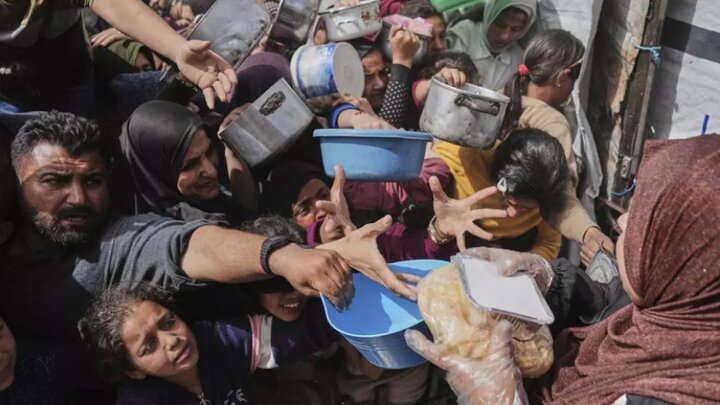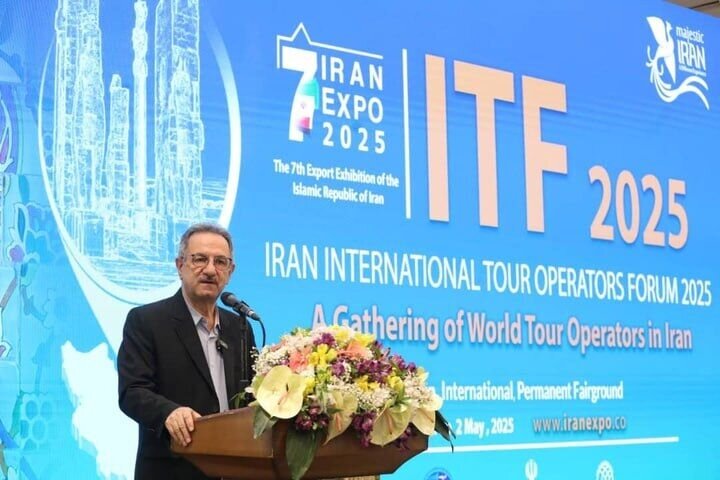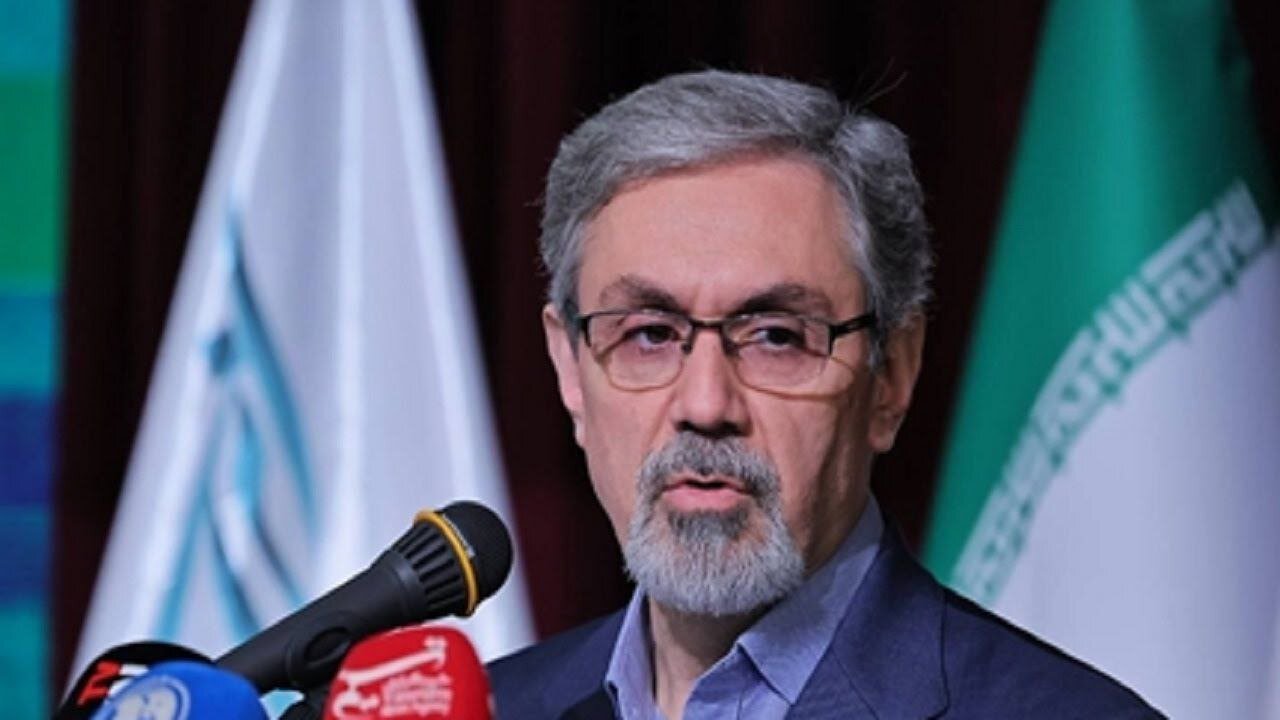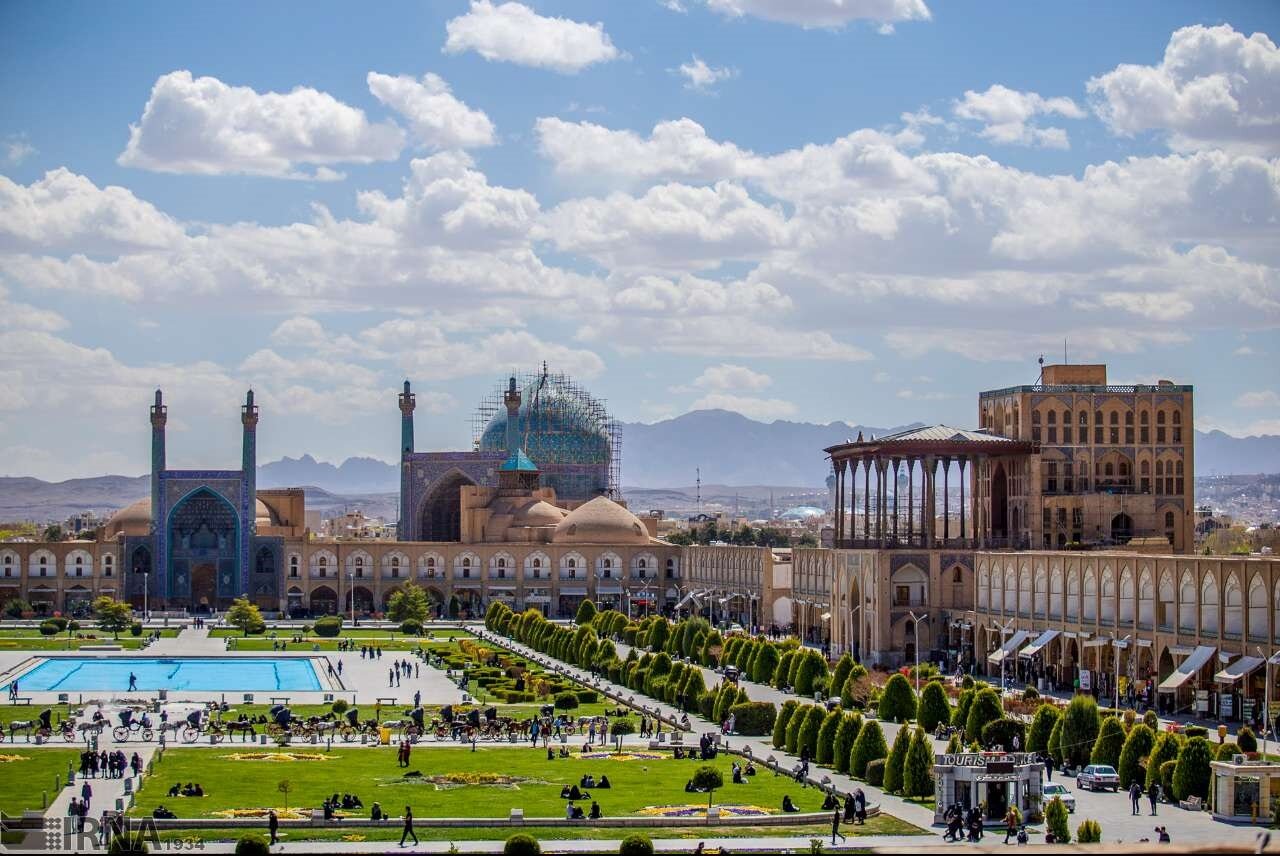
TEHRAN-A series of analytical sessions for the exhibit Picasso in Tehran is being held at the Tehran Museum of Contemporary Art (TMoCA).
The 2nd session in this series of analytical events will occur under the style of Picasso and the Iranians, on Wednesday, April 30, at 5 p.m.
in the auditorium of the TMoCA, ISNA reported.The session will include art critic and gallerist Shahrouz Nazari, researcher and professor at the Tehran University of Arts Mohammadreza Moridi in addition to the artist and the sessions moderator Neda Tavallaee.Every Wednesday up until completion of the Picasso in Tehran exhibition, the Tehran Museum of Contemporary Art will host a series of professional sessions with an analytical approach, featuring artists and art experts.
Admission is free for all interested individuals.The exhibition Picasso in Tehran provides a narrative of Picassos life and the artistic periods he traversed.
It features 66 works by the prominent Spanish painter and sculptor from the collection of the TMoCA.
It will be open day-to-day (except Mondays) up until May 20.
Amongst these, 26 aquatint prints from the prominent series La Tauromaquia (The Art of Bullfighting)which have never ever been exhibited in Iran beforewill be a highlight.This collection is one of his most renowned works in the realm of printmaking, showcasing his deep fascination with Spanish culture, particularly the significant and ritualistic spectacle of bullfighting.The series was influenced by Jos Delgados 18th-century book La Tauromaquia o arte de torear (Tauromachia, or The Art of Bullfighting), which detailed the history and strategies of bullfighting.
Jos Delgado, called Pepe Illo, was a well-known matador, and his book became a significant reference in Spains bullfighting custom.
Picasso, who was enthusiastic about bullfighting since childhood, visually reinterpreted these historical accounts through his unique artistic style.Picasso utilized the aquatint technique, a printmaking process that permits rich tonal variations, giving the images a remarkable, practically painterly impact.
The works are minimalist yet meaningful, often featuring bold black-and-white contrasts that stress movement, stress, and the raw energy of the bullfight.Through swift, gestural lines and fluid structures, Picasso captures the essence of the bullfightthe grace of the matador, the power of the bull, and the stress of the conflict.
His depictions are not simply actual illustrations however abstract and emotionally charged representations of the spectacle.La Tauromaquia shows Picassos long-lasting fascination with bulls and bullfighting, styles that appear often in his work, from early sketches to his work of art Guernica (1937 ).
The series is likewise viewed as a tribute to Spains cultural heritage and the enduring mythos of the bull as a symbol of strength, threat, and artistry.Pablo Picasso (1881-1973) was a Spanish painter, sculptor, printmaker, ceramicist, and theater designer who invested most of his adult life in France.
Among the most prominent artists of the 20th century, he is known for co-founding the Cubist movement, the innovation of built sculpture, the co-invention of collage, and the variety of designs that he helped develop and explore.SS/ SAB.
This post first appeared/also appeared in Tehran Times

 7
7

















